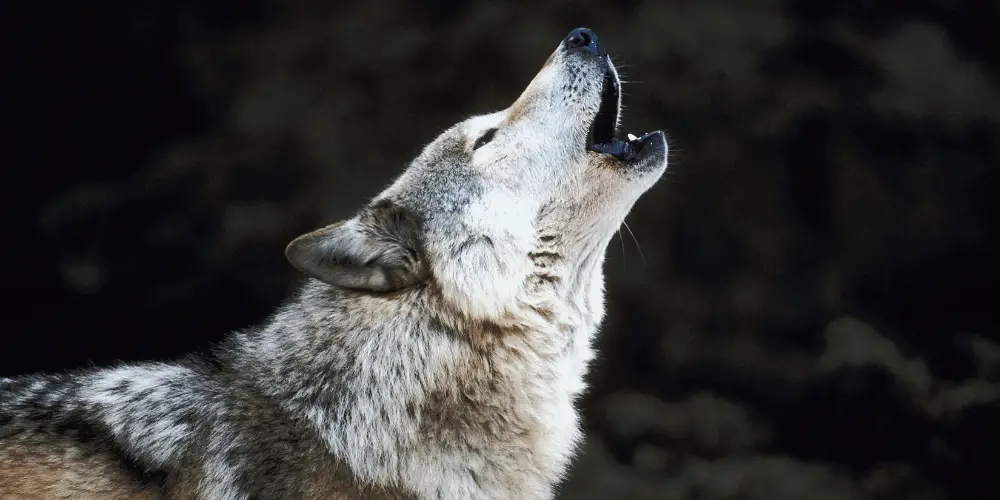For as long as humans have been around, wolves have both captivated and frightened us. Even though they’re not the biggest predators out there, they’re still plenty deadly in their own right, and can easily instill fear in people.
Wolves are some of the deadliest predators that can be found in the wild, with a bite force of up to 1200 pounds per square inch, which allows them to easily bite through bone.
These lethal predators come in many different species, with more than 30 known species recorded at this time. With all these different types of wolves, you may be wondering which is the largest? Without further ado, let’s take a look at 15 of the largest wolves in the world.
1. Mackenzie Valley Wolf (a.k.a. Canadian Timber Wolf)
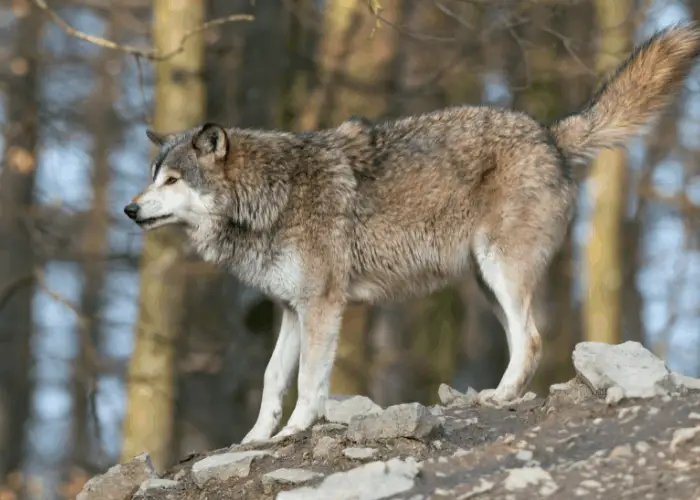
The Mackenzie Valley wolf is known by many names, including Canadian Timber Wolf, Alaskan Timber Wolf, and the Northwestern Wolf, on account of where they live. This species of wolf is the largest in the world, weighing in at an average of 137 lbs for a typical male, while most females weigh around 101 lbs. This wolf has a wide range of weights, ranging from 79 lbs to 159 lbs, with some outliers weighing in at around 175 lbs. That’s huge!
Their bodies can reach lengths of up to 7 feet long, reaching heights of nearly 36 inches at the shoulder. With such huge dimensions, they make most of their cousins look relatively small.
Mackenzie Valley wolves can typically be found roaming the northwestern region of North America, ranging from Alaska all through the western-most parts of Canada and the northwest of the United States. Elk is their typical prey, though they’ll eat most animals that they come across. They’re also known to hunt bison and other larger animals. Their hunting tactics have been shown to be particularly clever, sometimes causing stampedes to isolate young and weak elk or bison.
The Mackenzie Valley wolf is currently not endangered, enjoying a stable population in Canada and Alaska, where most of them are located.
2. Eurasian Wolf

The Eurasian wolf is the largest species of wolf outside of North America, with the average adult weighing in at around 86 lbs. This makes them much smaller than their Northwestern cousins, but that doesn’t mean they’re pushovers. They can still get pretty big, with weights ranging from 70 lbs to 175 lbs. They are typically 3.5 feet to 5.5 feet long and come to 33 inches at the shoulder.
This species of wolf used to be spread across all of Europe and Russia, however their numbers are much fewer today. This is due to unrestricted extermination campaigns led during the Middle Ages, which significantly lowered their populations. Eurasian wolves are still around today, though, calling northern and eastern Europe their home. They can also be found in the Russian steppe regions, preying on large deer, moose, boars, and other local wildlife.
Eurasian wolves are also far from endangered, having made the protected species list in most European countries. Despite semi-frequent livestock attacks, they have largely been left alone in recent years, causing their populations to skyrocket.
3. Alaskan Interior Wolf
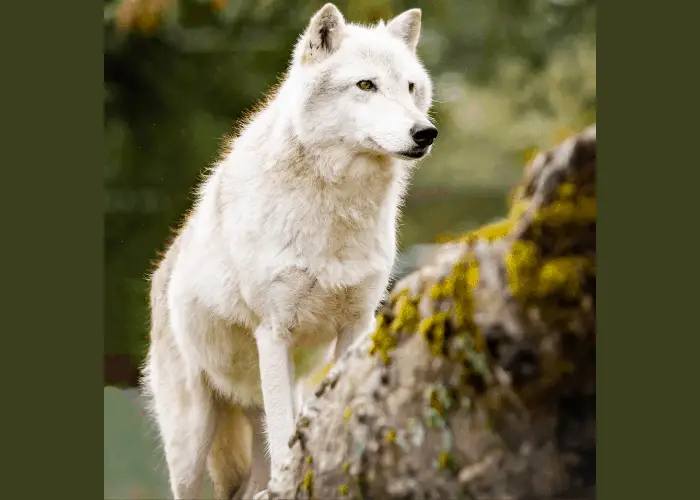
This sub species of wolf is the second largest known wolf species in the world, with average males weighing in at around 125 lbs and the average female at 85 lbs. A typical weight range for Alaskan Interior wolves will fall between 70 and 130 lbs. However, in certain cases, some males can reach up to 180 lbs. They stand 33 inches at the shoulder and are typically six feet long.
As their name suggests, these wolves are native to the Yukon and interior regions of Alaska, making their homes in alpine regions and boreal forests. They are known to subsist on caribou, sheep, and moose, among other local animals.
It is estimated that around 5000 of these wolves live in the Yukon, with many more thousands in the interior of Alaska. Despite recent efforts to curtail population growth, the Alaskan Interior wolf seems to have a stable, if not growing, population.
4. Great Plains Wolf (extinct)
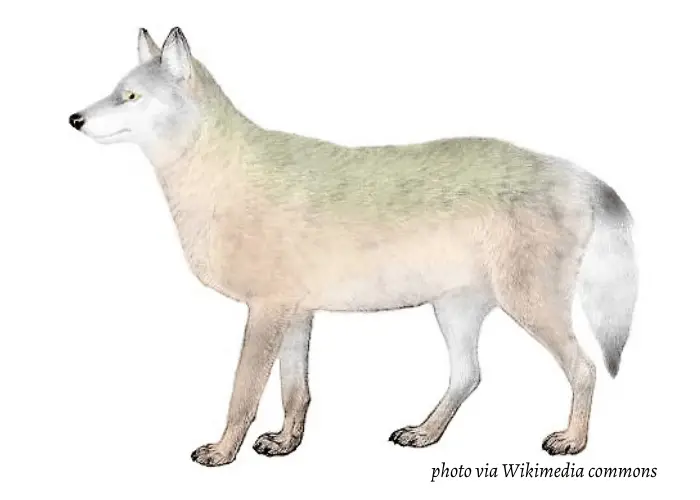
The most common subspecies of wolf in the United States, the Great Plains wolf can range from 4.5 to 6.5 feet long. Their average weights come in between 60 to 110 lbs, making them a fair bit smaller than their northern cousins. Their fur is almost always gray, black, or somewhere between, with red coloring mixed throughout.
The Great Plains wolf typically roams the northern parts of the United States and the southern reaches of Canada, known to live primarily around the Great Lakes region. These wolves also observe a strict pecking order, using complex body language to communicate and socialize amongst themselves. They hunt in packs, like all wolves, and are known to prey on deer and moose more than anything else.
Having experienced a thorough extermination effort in recent centuries, their population is now extinct..
6. Red Wolf

The red wolf is a subspecies that is a mix of wolf and coyote, receiving their name based on the reddish coloring of their fur. They reach average lengths of 4.5 to 5.5 feet, weighing between 50 and 85 lbs. Additionally, they are known for their long and slender builds, while most other species are thicker built.
Red wolves make their home in the southeastern areas of the United States, hunting deer, nutria, rabbits, and other rodents. Due to habitat loss and over hunting, they have been marked as a Critically Endangered species by the IUCN. Most only live in captivity or in specially protected wildlife refuges.
7. Maned Wolf
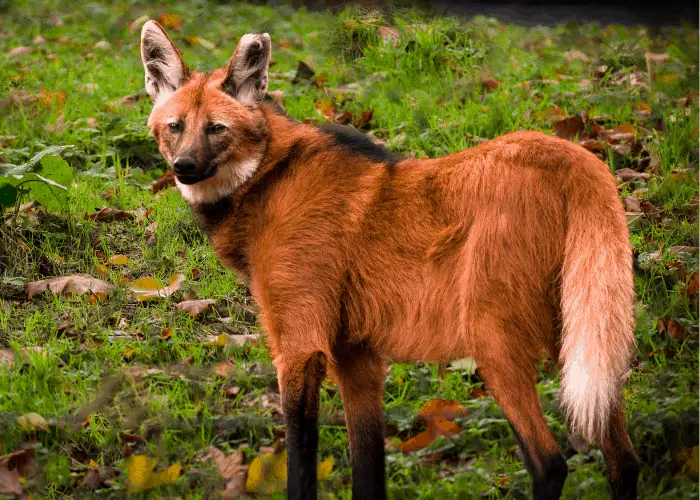
Native to Brazil, the maned wolf is a subspecies that has evolved to live in grass savannas. Their coats are thick and red, with a mane growing from the backs of their necks. They are considerably smaller than many of their cousins, standing around 3 feet tall and weighing an average of 50 lbs.
Maned wolves, unlike most of their other cousins, are solo hunters. They are also omnivorous instead of carnivorous, feeding on fruits and vegetables along with small rodents, birds, and rabbits. Additionally, they do not live in a typical social hierarchy, instead living in dedicated monogamous pairs.
8. Tasmanian Wolf (extinct)
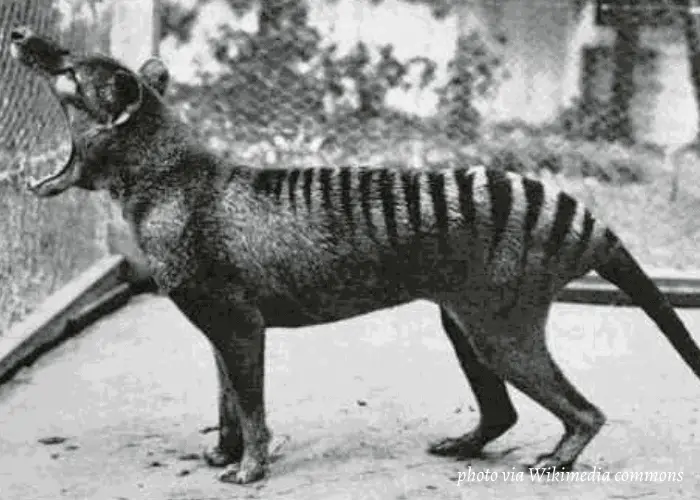
Another extinct subspecies of wolf, the Tasmanian wolf, also known as the Thylacine, Marsupial wolf, or Tasmanian Tiger, was the largest carnivorous marsupial in recent ages. It is presumed to be extinct after the last known member of its species died in captivity in 1936.
The Tasmanian wolf was also relatively small, reaching only 3 or 4 feet in length on average and weighing anywhere from 30 to 65 lbs. They had yellowish brown fur and hunted at night, preying on wallabies and birds.
9. Steppe Wolf (a.k.a. Caspian Sea wolf )

The Steppe wolf, also known as the Caspian Sea wolf, is closest in relation to Eurasian wolves. They weigh in at an average of 70 to 80 lbs, not quite as large as their close cousins. They are natives of the Eurasian steppe region, which is why they’re known as Steppe wolves.
Steppe wolves prey on fish, rodents, and seals, but are also known to subsist on berries and other plants if needed. This subspecies of wolf is on the endangered species list, having been severely hunted by farmers trying to protect livestock.
10. Tundra Wolf
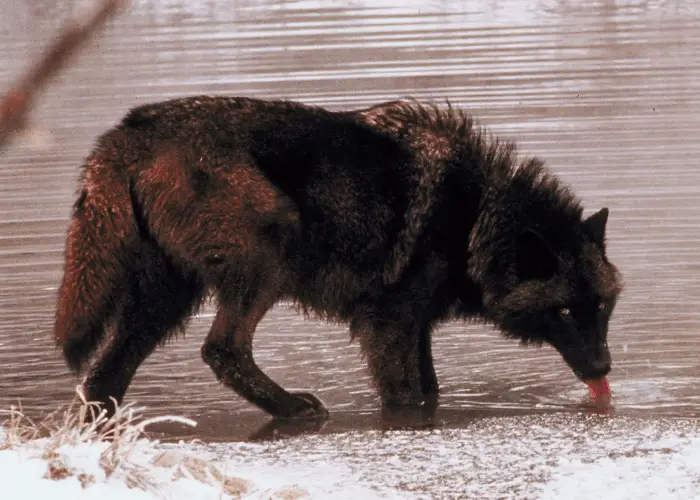
Also known as the Turukhan wolf, the Tundra wolf is native to the tundra of Eurasia. The average male weighs in between 90 and 110 lbs, with the average female weighing 80 to 90 lbs. In rare cases, some have been known to weigh up to 115 lbs. Their average lengths come in at 3.5 to 4.5 feet, and they are characterized by their dense, gray fur.
The Tundra wolf hunts in tundra areas of northern Europe and parts of Russia, tending to make dense woods and valleys their homes. They live almost exclusively on reindeer, but also eat small game and rodents if needed.
11. Canadian Black Wolf
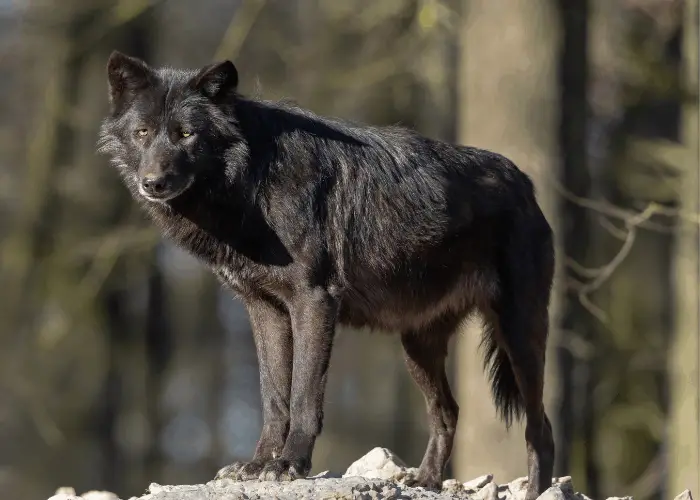
This subspecies of wolf is native to Canada and has a typically darker coat than most of its distant cousins. Even though they appear to have black coats, they are still considered to be gray wolves. As such, they have very similar sizes and diets to that of their close cousins.
12. Dire Wolf (extinct)

The dire wolf, while now extinct, would have dwarfed all modern species of wolf today. It reigned during the Pleistocene era, about 2.6 million years ago. Dire wolf males weighed in at an average of 150 to 200 lbs, while females weighed around 100 to 150 on average. This makes them much larger than even the largest species known today. Fossils have shown that they reached lengths of up to 8 feet long, standing around 40 to 45 inches tall at the shoulder.
As for where they lived, dire wolf remains have been found spread out across North America, with many fossils found in the La Brea Tar Pits in southern California. Skeletal remains have also been discovered in Florida, Mexico, and the Mississippi river valley.
13. Polar Wolf
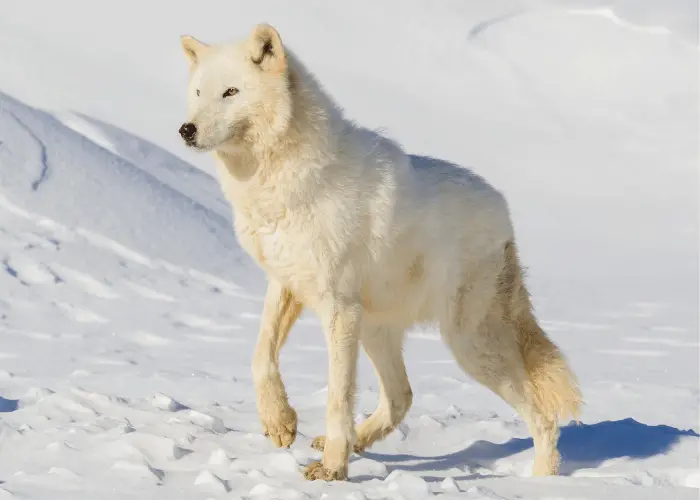
Also known as the Arctic wolf, polar wolves are known to measure between 3 and 5 feet in length. They are much smaller than their northwestern relatives, reaching heights of around 2 to 3 feet at the shoulder and weighing between 70 and 125 lbs. They may appear larger than this, however, due to their thick, puffy white coats.
Polar wolves are spread all across northern Canada and all of Iceland, Alaska, and Greenland. They are typically known to seek shelter in caves, as it is generally not possible to dig a wolf den in frozen ground. Their diets include caribou, hares, and oxen. As an evolutionary trait, polar wolves can survive up to 5 months without eating, storing more than 20 lbs of meat for long stretches of starvation.
Additionally, Polar Wolves are one of the species of Least Concern, as decided by the IUCN, due to their current population sitting at over 200,000 worldwide.
Final Thoughts:
Wolves are social creatures, hunting in packs and operating on a strict social hierarchy. They work together to bring down prey that is much larger than they are, outsmarting large and dangerous animals to fill their bellies. Patient and lethal, they’ll wait to attack their prey when numbers are on their side, ensuring the kill. Packs are known to include up to 20 adult wolves.
They’ve also got raw physical power to back up their smarts, with powerful jaws, extreme speed, and the instincts of a killer. These 15 largest Wolves in the world are indeed scary but the good news is wolves are generally afraid of people and avoid them.
CHECK OUT INTERESTING WOLF ARTICLES BELOW:
- Wolf Eye Colors: The Science Behind Their Stunning Hues
- Wolf Colors: 7 Fascinating Shades of Nature’s Canines

